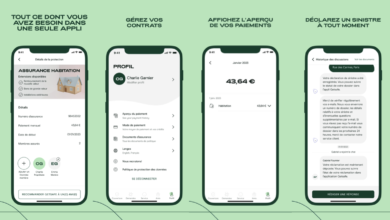Best practices for leveraging artificial intelligence and machine learning in 2023

In many ways, this year will come to be remembered as the one when artificial intelligence (AI) and machine learning (ML) finally broke through the hype, delivering consumer-focused products that amazed millions of people. Generative AI, including DALL·E and ChatGPT, manifested what many people already knew: AI and ML will transform the way we connect and communicate, especially online.
This has profound repercussions, especially for startup companies looking to quickly find how to optimize and enhance customer engagement following a global pandemic that changed how consumers purchase products.
As startups navigate a uniquely disruptive season that also includes inflationary pressures, shifting economic uncertainty, and other factors, they will need to innovate to remain competitive. AI and ML may finally be capable of making that a reality.
Hyper-personalization is at the forefront of these efforts. A McKinsey & Company analysis found that 71 percent of consumers expect brands to provide personalized experiences, and three-quarters are frustrated when they don’t deliver. Currently, for example, only about half of retailers say they have the digital tools to provide a compelling customer experience.
As the industry moves ahead, consumer-facing innovators can better emphasize personalized experiences and connections by integrating AI and ML tools to engage their customers at scale.
In many ways, this year will come to be remembered as the one when artificial intelligence (AI) and machine learning (ML) finally broke through the hype.
The data that matters most
Hyper-personalization is predicated on customer data, a ubiquitous resource in today’s digital-first environment. While excessive or unhelpful customer data can clog content pipelines, the right information can power hyper-personalization at scale. This includes providing critical insights into:
Purchase behavior. When brands understand buyers’ purchase behaviors, they can provide iterative content that builds upon previous interactions to drive sales.
Buyer intent. While buyer intent only loosely correlates with purchase patterns, this metric can provide context to customer trends and expectations.
Best practices for leveraging artificial intelligence and machine learning in 2023 by Jenna Routenberg originally published on TechCrunch

